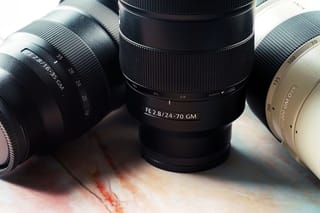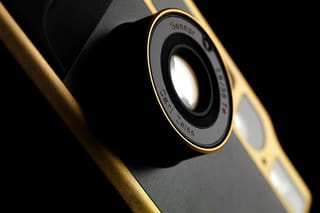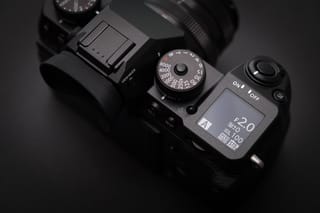
Welcome back to the KEH Tilt-Shift Report, where I share exclusive data and unique insights into the latest trends in camera gear buying, trading, and selling.
Previously, I covered which accessories are still relevant, looked at popular legacy SLR lenses, and listed our best-selling gear of 2021.
This time around, let’s look at KEH’s inventory by condition and see if we can’t learn something from it.
The Tilt
We can’t talk about the condition of used gear without first examining our own grading system.
In short, every piece of used gear we buy from photographers goes through rigorous testing and evaluation before it’s assigned a grade and listed for sale.
Even before all that takes place, our technicians themselves go through rigorous training, testing and, evaluation to maintain consistency across the company and honor our standards.
Frequent shoppers know that we are consistent and conservative with our grading, and that’s to ensure that when you receive an item, the condition will always exceed your expectation. Nothing like being pleasantly surprised.
There’s a detailed breakdown of what each grade represents on this same page.
They are as follows, in order: New, Like New, Like New Minus, Excellent Plus, Excellent, Bargain, Ugly, and As Is.
This month, I thought it may be fun to look at inventory data over the last few years to see if there’s any interesting trends that pop out. Like, has there been any major shift in the distribution of grades over time? Or, are there brands whose build quality holds up better than others over time, and if so, why?
Let’s take a look at the numbers.
The Shift
First, let’s look at grade distribution broken down by year (2019-2022).
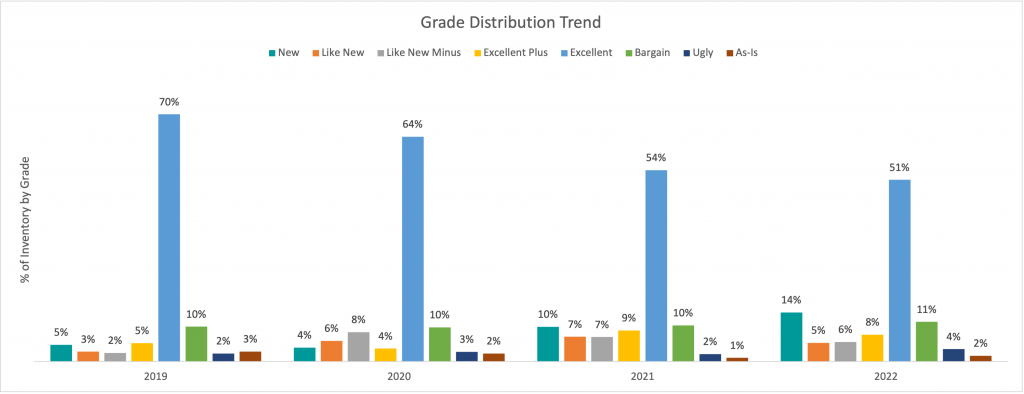
What’s abundantly clear from this chart is that Excellent is the most common grade in our inventory year after year.
This means that most of our used gear falls under the definition of “80-89% of original condition, showing moderate wear for the age of the item, with the possibility of small dings or blemishes.”
Another interesting trend is that the percentage of Excellent-grade gear has been decreasing over the last few years. There’s a few reasons we can attribute to this.
First, we have been carrying more New-grade items. In 2019, just 5% of KEH inventory was new products, whereas currently, that figure sits at 14%. These products might be film, bags, accessories, or newly-released gear that we acquire directly from manufacturers.
The amount of Like New-graded items have also roughly doubled over the last four years. These items usually fall under the category of factory-refurbished items, returns, or overstock, and are generally acquired directly from manufacturers or distributors.
Finally, there’s also been a meaningful increase in Ugly and Excellent Plus-graded items, which is interesting.
Perhaps, we have hit a point where legacy camera gear, mostly made up of vintage film cameras, is starting to really show its age and that’s being reflected in more Ugly grades, which are described as “the look only a photographer would love. Equipment is rough, with multiple impressions in metal, excessive finish loss and brassing. Glass will have marks, fungus and/or haze which will affect picture quality.”
On the other side of the spectrum, shorter product lifecycles of newer items, like mirrorless camera bodies, could mean that people are upgrading at a faster rate than ever before. Items are not experiencing as much wear as they used to because they are used for less time.
Looking at data for a couple manufacturers may help visualize these hypotheticals.
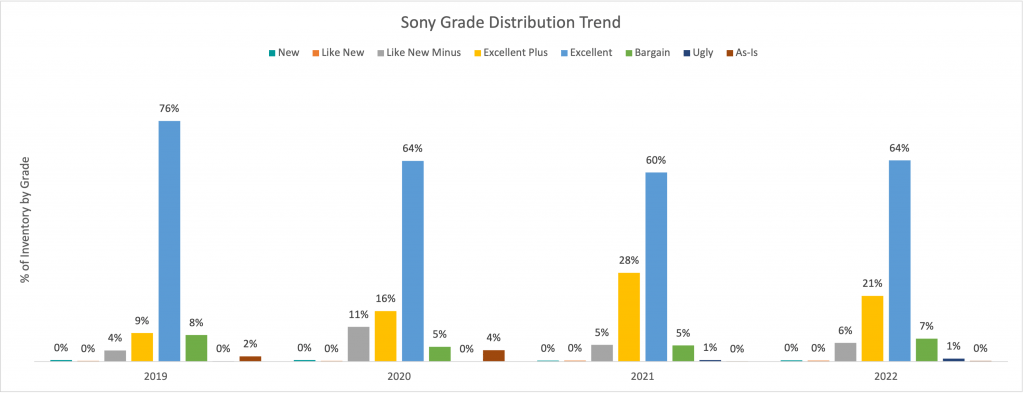
Above is Sony, a brand with no legacy products that has really focused in recent years on mirrorless gear with frequent product updates and short lifecycles. The graphs shows that trends are skewing towards better condition grades.
Whereas if you look at Pentax below, which has decades of legacy products, and hasn’t jumped on the mirrorless bandwagon, the opposite effect is taking place. The lack of new products means the entire brand is aging with lower grades. The overall quality of the manufacturing might be a factor as well, but that’s unclear from this data.

Speaking of brands, let’s look at some of our most popular to see how they break down.
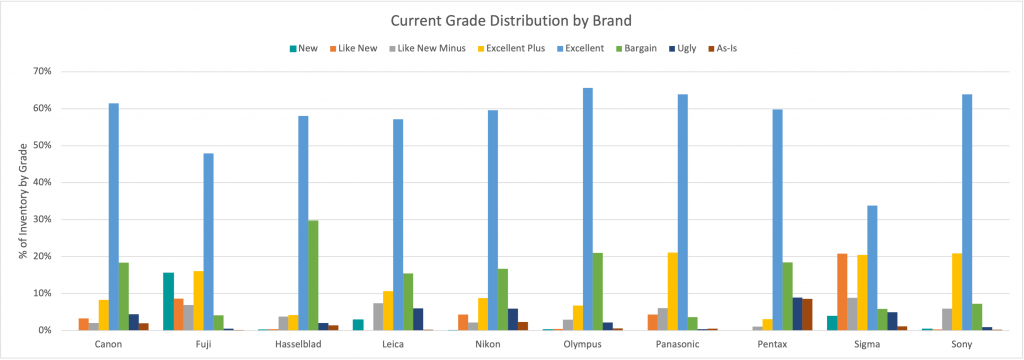
The data above is for our current inventory, and, again, the Excellent grade reigns supreme. But there’s a lot of variance between brands for the other grades, which is interesting.
Canon and Nikon are nearly identical in breakdown, which makes sense since, for decades, they have been each other’s measuring stick when it comes to product breadth and build quality. Sony fares a bit better, but that’s probably due to the lack of legacy products, as I previously mentioned.
Products from Fujifilm, Panasonic, and Sigma tend to be graded better than most other brands, which could mean that those products either hold up better over time, or they just don’t get used as often, depending on how you look at it. We also tend to get more refurbs and overstock in for these brands, which results in a higher percentage of Like New items.
Hasselblad, which has the biggest disparity between new digital products and legacy film gear, tends to be graded in that Excellent-leaning-Bargain range, and it makes sense since so many of their products we carry are of the vintage variety. The good news for medium format fans is that Bargain is probably the best grade when it comes to the most bang for your buck.
Overall, there was some interesting and unexpected data into this topic, and it certainly warrants checking back from time to time. What do you think about it? Has your experience with certain brands been better than others when it comes to longevity? Let me know in the comments.


